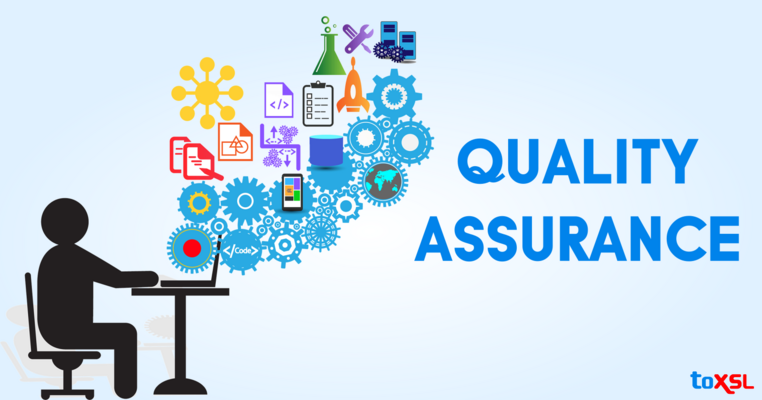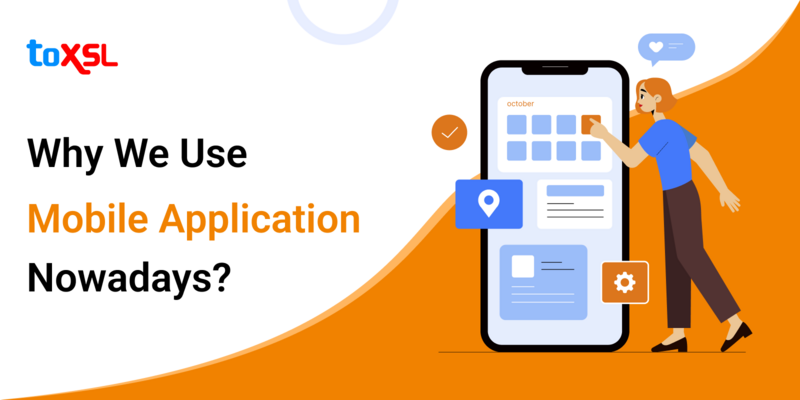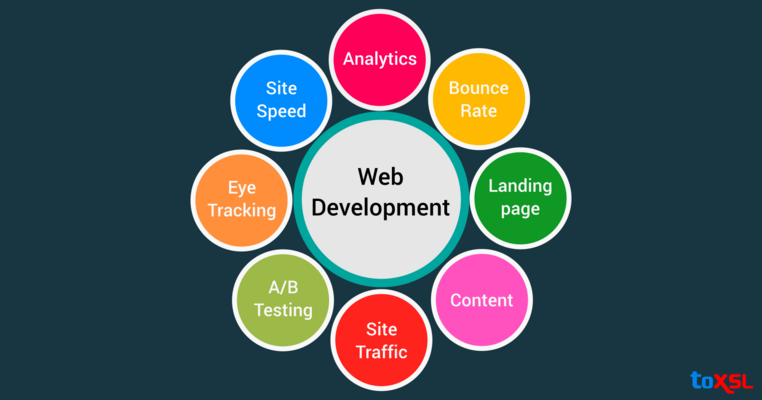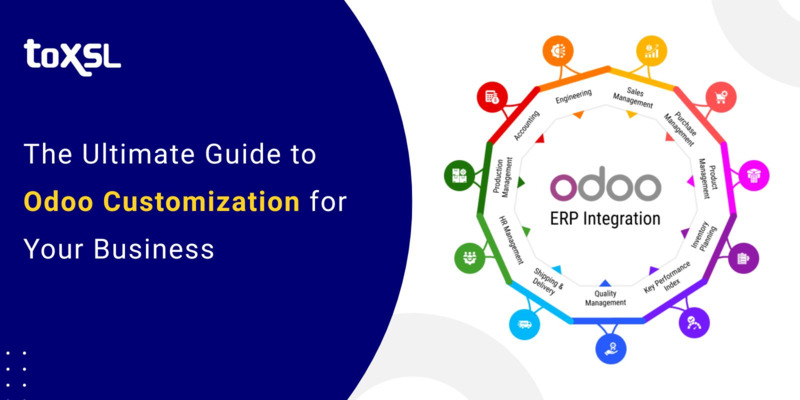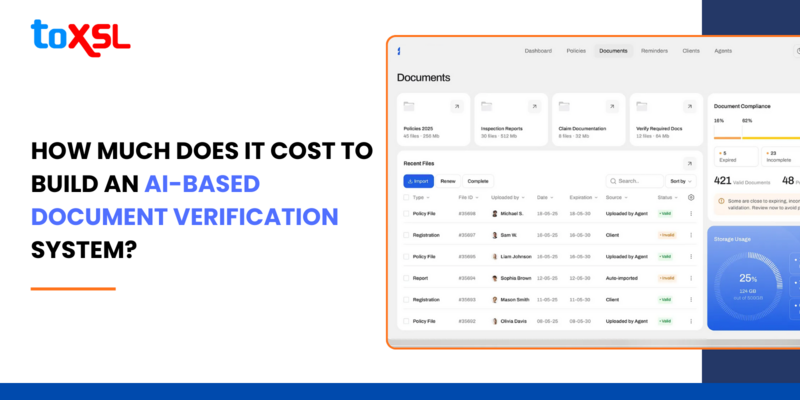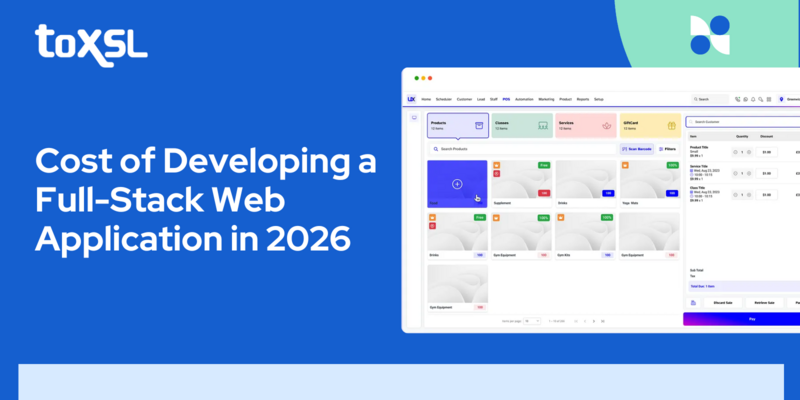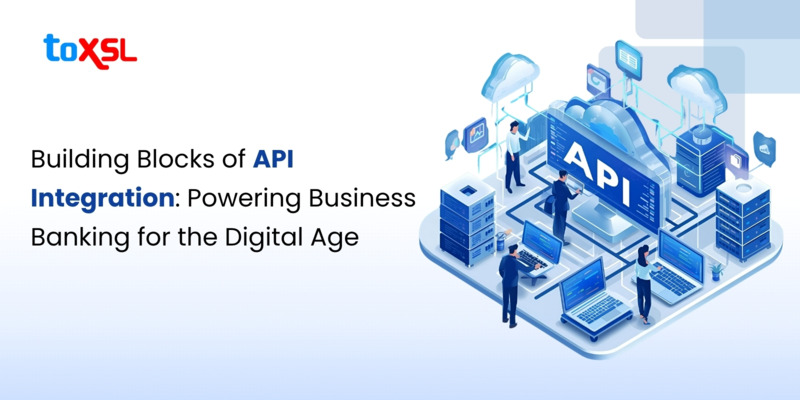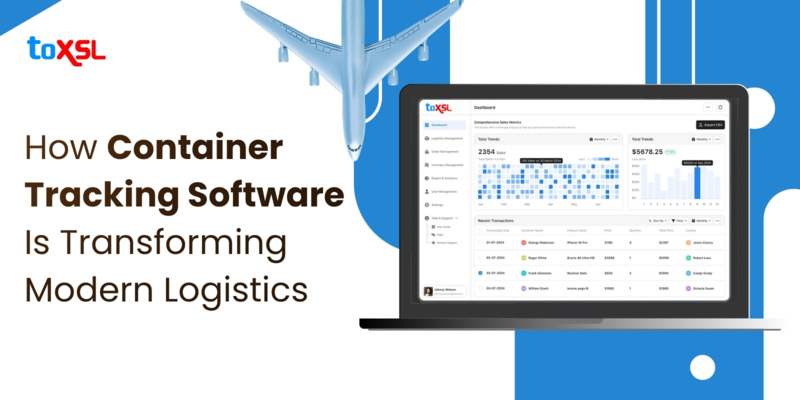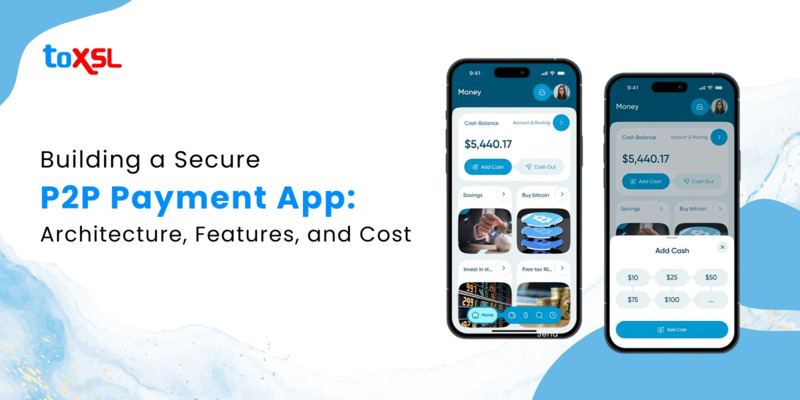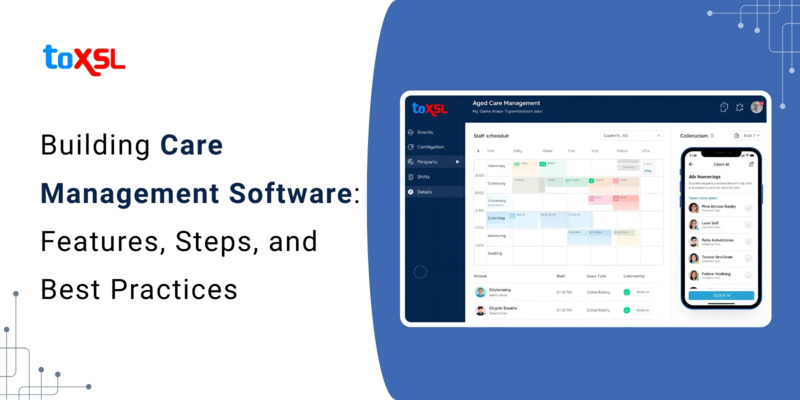- Apr 08, 2025
Share this post on:
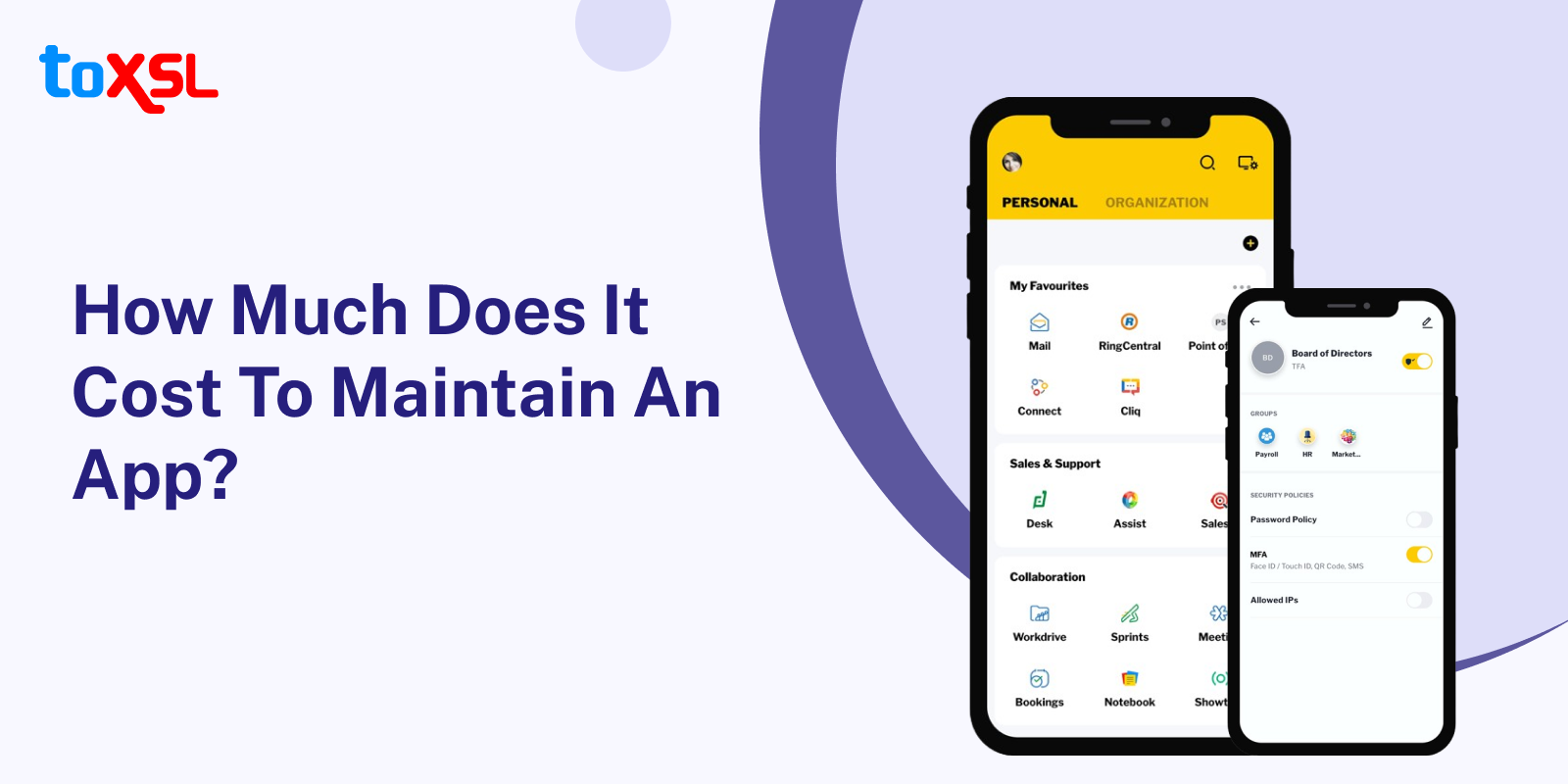
According to a report, the Google Play Store has nearly 3.55 million apps and the Apple App Store has around 1.8 million apps available in numerous categories. These statistics predict the importance of having mobile apps. The market is heavily affected by the impact of mobile apps. Mobile app development has made it easy for businesses to reach a wider audience. Mobile apps are a game changer, but they need maintenance. But how much does app maintenance cost?
As an award-winning mobile and web app development company, we know the importance of having reliable, scalable, and robust apps. To help you understand the cost of app development and the factors involved in the cost, we have curated the correct information that will help you hire the right mobile app developers for your business.
Key Takeaways:
App maintenance is crucial for performance, security, and user experience.
Costs range from 15%-20% of initial development costs annually.
Common maintenance costs include bug fixes, security updates, and feature enhancements.
Strategies like agile updates, automation, and monitoring help reduce expenses.
Understanding App Maintenance
App maintenance refers to the ongoing process of updating, improving, and fixing issues in a mobile application after its initial release. It encompasses a wide range of activities, from bug fixes and performance optimizations to feature updates and security enhancements. Essentially, it's about ensuring that an app continues to meet user needs and expectations in an ever-changing technological landscape.
Estimating App Maintenance Costs
While exact figures can vary widely based on the factors mentioned above, there are some general guidelines to help you estimate app maintenance costs:
1. Annual Maintenance Cost as a Percentage of Initial Development
A common rule of thumb in the industry suggests that annual maintenance costs typically range from 15% to 20% of the initial development cost. For example, if your app cost $100,000 to develop, you might expect to spend $15,000 to $20,000 per year on maintenance.
However, this is a simplified estimate and may not account for all scenarios. Some apps may require less maintenance, while others, especially those with rapid growth or frequent updates, may exceed this range.
2. Fixed Monthly Retainer
Some development agencies or freelancers offer fixed monthly retainers for ongoing maintenance. This model can provide more predictable costs and ensure dedicated support for your app.
Monthly retainers can range from $100 for basic support to $1000 for more comprehensive maintenance packages.
Breakdown of Typical Maintenance Tasks and Costs:
To give you a more concrete idea of how maintenance costs can add up, let's break down some common maintenance tasks and their potential costs:
Why is App Maintenance Important?
Investing in app maintenance is crucial for several reasons. A few of them are as follows:
1. Enhancing User Experience:
Users today have high expectations when it comes to app performance. They demand smooth, glitch-free experiences and are quick to abandon apps that don't meet these standards. Regular maintenance allows developers to address user feedback, fix bugs, and implement improvements that keep the app running smoothly. This, in turn, leads to higher user satisfaction and retention rates.
2. Ensuring Security:
In an era where data breaches and cyber attacks are increasingly common, app security is paramount. Hackers are constantly finding new ways to exploit vulnerabilities in software. Through regular maintenance, developers can patch security holes, implement stronger encryption methods, and ensure compliance with the latest data protection regulations. This not only protects users but also safeguards the app's reputation.
3. Keeping Up with Technology:
The mobile ecosystem is in a constant state of flux. New devices, operating system updates, and emerging technologies regularly enter the market. Without ongoing maintenance, apps can quickly become outdated and incompatible with the latest hardware and software. Regular updates ensure that the app remains compatible across a wide range of devices and OS versions, maximizing its potential user base.
4. Improving Performance:
As an app accumulates more users and data over time, its performance can degrade. Regular maintenance allows developers to optimize the app's code, improve its speed, and reduce its resource consumption. This not only enhances the user experience but can also lead to better battery life and lower data usage—factors that users greatly appreciate.
5. Adding New Features:
User needs and market trends evolve over time. App maintenance provides an opportunity to introduce new features and functionalities that keep the app relevant and competitive. This could involve anything from integrating new technologies (like AR or AI) to adding user-requested features. By continually adding value, apps can retain existing users and attract new ones.
6. Cost-Effectiveness:
While app maintenance does require ongoing investment, it's generally more cost-effective than building a new app from scratch. Regular, smaller updates are easier to manage and less risky than infrequent, major overhauls. Moreover, by addressing issues early, developers can prevent them from snowballing into larger, more expensive problems down the line.
7. Maintaining Market Position:
In today's crowded app marketplace, staying competitive is crucial. Regular maintenance and updates signal to users that the app is actively supported and improved. This can be a key differentiator, especially in categories where there are many similar apps vying for user attention.
Strategies to Manage App Maintenance Costs
In the fast-paced world of technology, developing a successful mobile or web application is just the beginning. Once launched, applications require continuous maintenance to ensure they remain functional, secure, and aligned with evolving user expectations. However, app maintenance costs can quickly escalate if not managed effectively. Here are several strategies to help businesses and developers keep app maintenance costs under control:
1. Plan for Maintenance from the Start
• Design for scalability and flexibility: Build your application with scalability in mind so that it can accommodate future updates and expansions without requiring a complete overhaul.
• Choose the right technology stack: Opt for technologies and frameworks that have active support communities and frequent updates, reducing the risk of compatibility issues and the need for frequent fixes.
2. Regular Updates and Bug Fixes
• Implement agile practices: Embrace agile methodologies to iteratively improve the application, catching and addressing bugs early in the development process.
• Automate testing: Invest in automated testing tools and procedures to detect and fix issues before they impact users, reducing the need for costly manual testing and debugging.
3. Monitor Performance and Usage
• Analytics and monitoring: Utilize analytics tools to track how users interact with the application. This data can highlight areas of the app that require attention and help prioritize updates and improvements.
• Performance optimization: Continuously optimize the app's performance to reduce load times, improve responsiveness, and minimize server costs.
4. Security Maintenance
• Regular security audits: Conduct regular security audits to identify vulnerabilities and implement patches promptly. Proactively addressing security concerns can prevent costly data breaches and damage to your brand's reputation.
• Keep frameworks and libraries updated: Ensure that all third-party frameworks and libraries used in the app are regularly updated to their latest versions, as updates often include security patches.
Conclusion:
In conclusion, effective app maintenance is a complex, multifaceted process that requires attention to numerous factors. From technical aspects like performance optimization and security updates to user-centric elements like UI/UX improvements and feature updates, each factor plays a crucial role in an app's long-term success.
By giving due consideration to these factors, app owners and developers can ensure their applications remain relevant, functional, and user-friendly in an ever-changing digital landscape. Remember, app maintenance is not a one-time task but an ongoing commitment that requires continuous effort, resources, and strategic planning. In the end, thorough and thoughtful maintenance can extend an app's lifespan, improve user satisfaction, and provide a competitive edge in the crowded app marketplace.
So, if you are looking for a web and mobile app development company that offers the best maintenance support that can expand your user base and drive business expansion, consider ToXSL Technologies services. We are renowned for offering the most robust and scalable apps while providing the best maintenance services. Contact us to learn more.
FAQs
Q1: What is the average cost to maintain a mobile app?
A: The average cost to maintain a mobile app is typically 15–20% of the initial development cost per year. This covers bug fixes, system updates, third-party service charges, hosting fees, and enhancements. Costs may vary based on the app’s complexity, platform, and user base size. Regular maintenance ensures smooth performance and user satisfaction.
Q2: What services are included in app maintenance?
A: App maintenance includes a variety of services such as fixing bugs, releasing regular updates, improving performance, managing servers, and ensuring security. It may also include monitoring user activity and adding new features based on market trends. ToXSL Technologies provides full app maintenance support to keep your mobile app functional, up-to-date, and competitive.
Q3: Does the type of app affect maintenance costs?
A: Yes, the type and complexity of the app significantly affect maintenance costs. Apps with real-time features, heavy graphics, or third-party integrations may require frequent updates and monitoring, leading to higher costs. Simpler apps with fewer features are generally easier and cheaper to maintain. ToXSL Technologies customizes maintenance plans based on your app’s structure.



